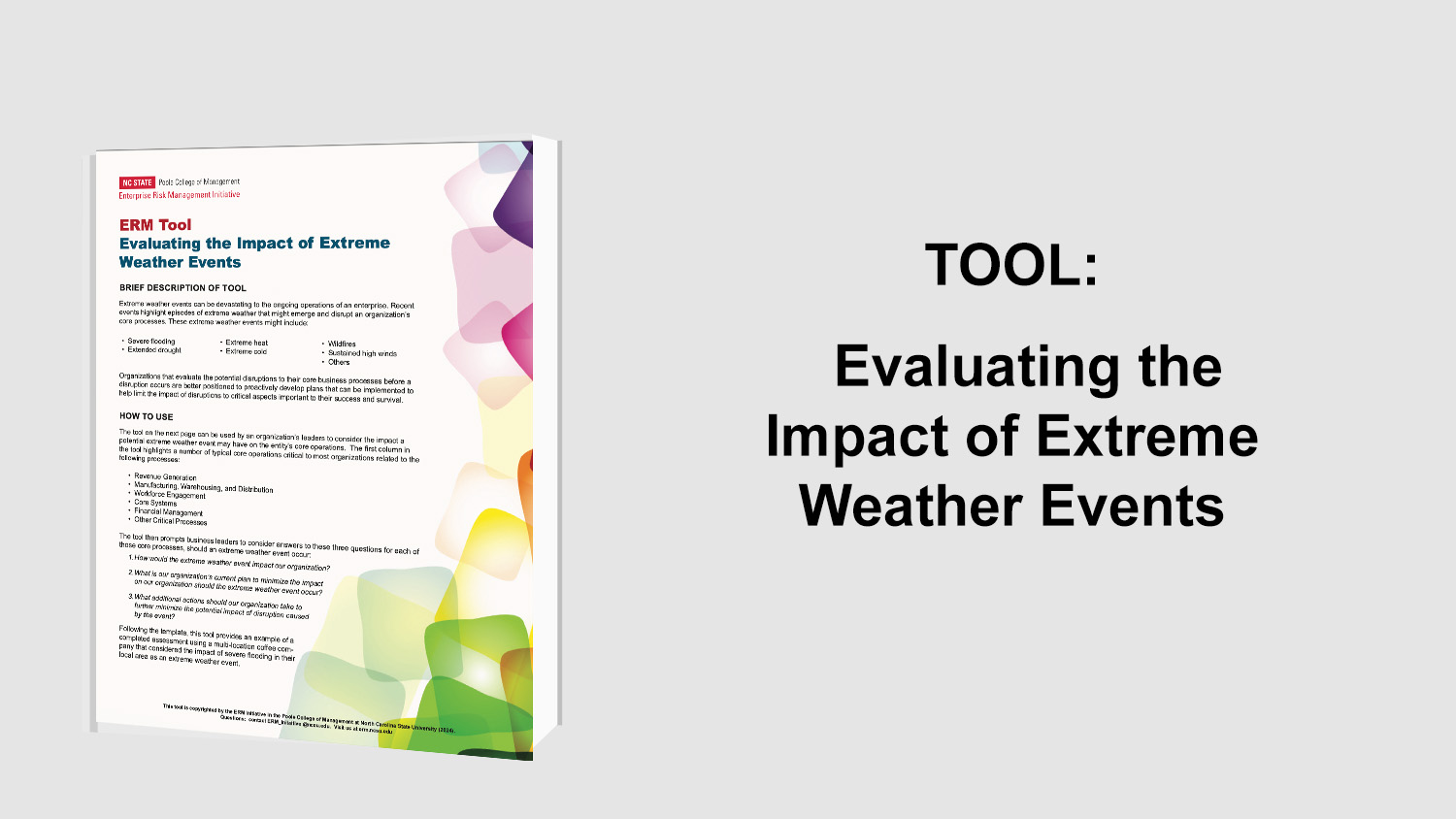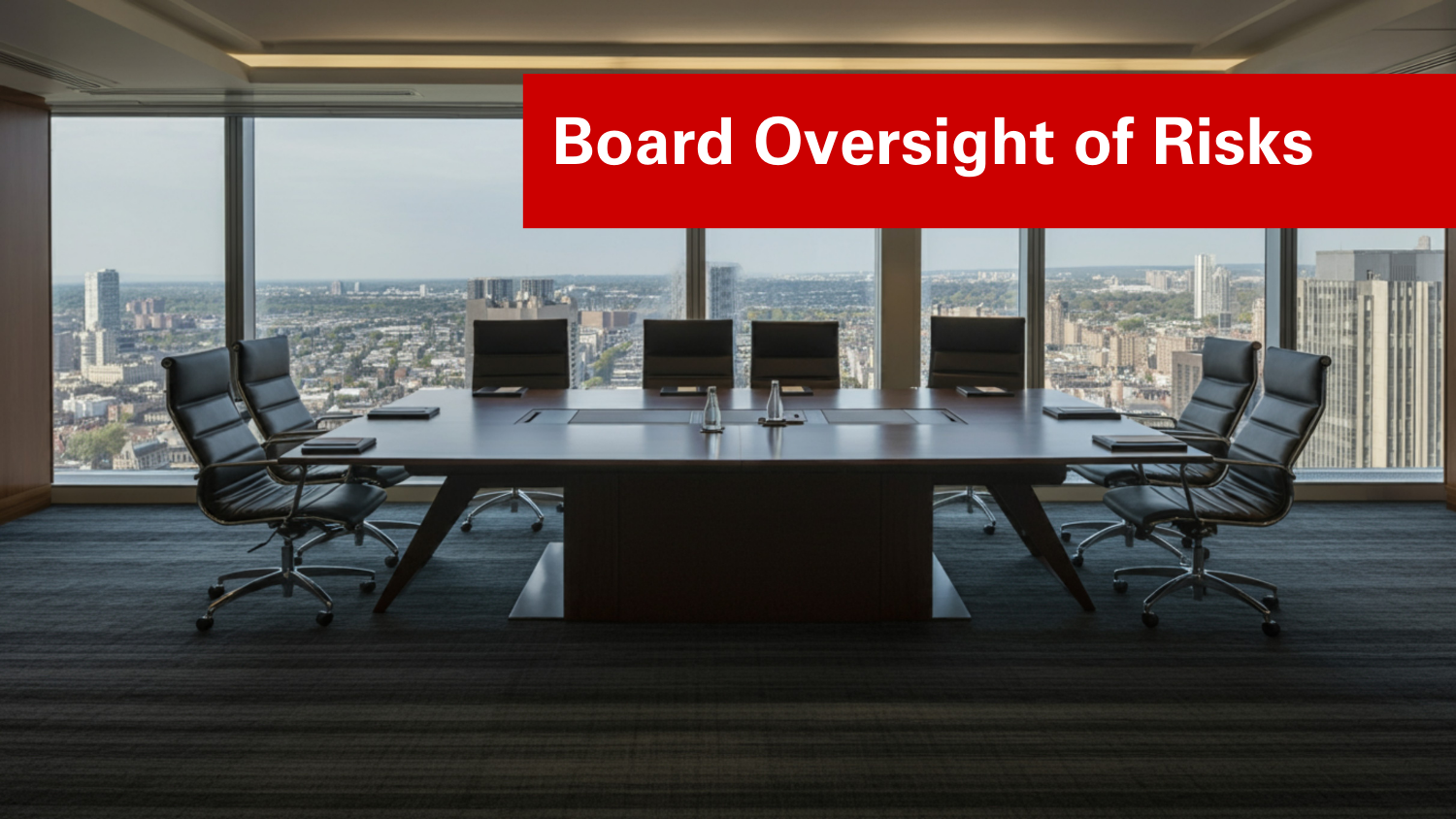ERM in an Economic Downturn
This paper, published by Grant Thornton, notes how risks are necessary for success, but the failure to manage those risks effectively often leads to a plethora of negative outcomes for an entity. In the current economic environment, it is becoming increasingly important for companies to proactively respond to risks through an enterprise risk management (ERM) approach. Along with the benefits of assessing and managing risks, ERM can also positively affect a company’s credit rating and corporate governance outlook.
While many companies are looking to cut costs during the economic downturn, it is critical that management not limit risk management procedures. As a result of the downturn, companies must demonstrate their creditworthiness more than ever to receive financing. Due to Standard & Poor’s (S&P) success of integrating ERM analyses into their credit ratings of financial services companies, S&P is now beginning to incorporate ERM into their ratings of non-financial companies as well. In late 2009, S&P will begin to score companies based on two key components of ERM: risk management culture and strategic risk management. S&P will begin its evaluation of ERM very broadly, but hopes to develop metrics to better quantify ERM in the future.
As a result of the recession, stakeholders are now insisting on more transparency within companies, leading to a demand for stronger corporate governance and compliance. Many companies have adopted an integrated governance, risk and compliance (GRC) framework to fuel compliance initiatives. Using this framework, companies first focus on their governance and enterprise risk objectives, and then evaluate compliance control requirements relating to these objectives. The integration of governance, risk management and compliance can also more effectively drive performance through enhancing the “tone at the top.”
Risks are constantly changing, and even more so during an economic downturn. In a recession, there are many risks that have been overlooked when the economy was more stable which might have a greater impact now. One of the benefits of ERM is looking at a full range of possible events, including those new emerging risks. It is critical to remember that a risk is not always negative for a company, but can also lead to potential opportunities. In the future, the success of companies will depend on the ability to distinguish between risks and opportunities. In the current economic downturn, ERM will prove especially helpful in identifying which risks to limit and which risks to exploit in order to maximize profit and increase shareholder value.
Original Article Source: “Enterprise Risk Management: Creating Value in a Volatile Economy” Grant Thornton, July 1, 2009.


